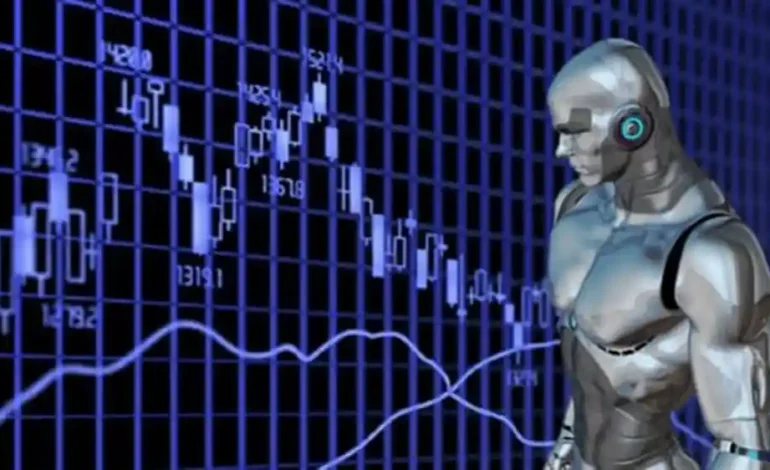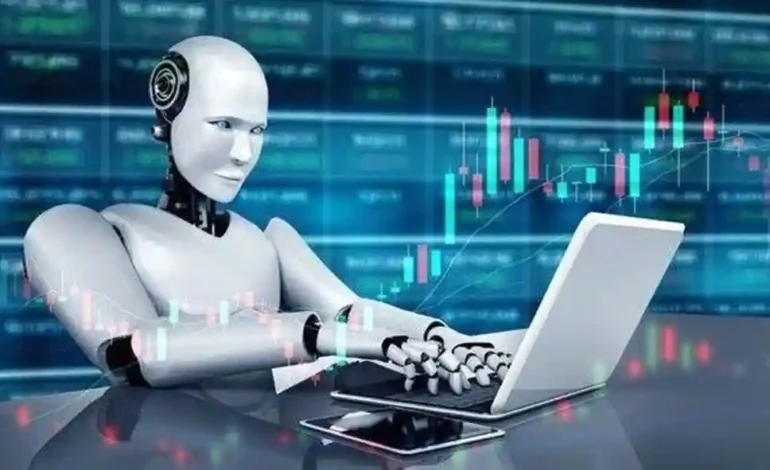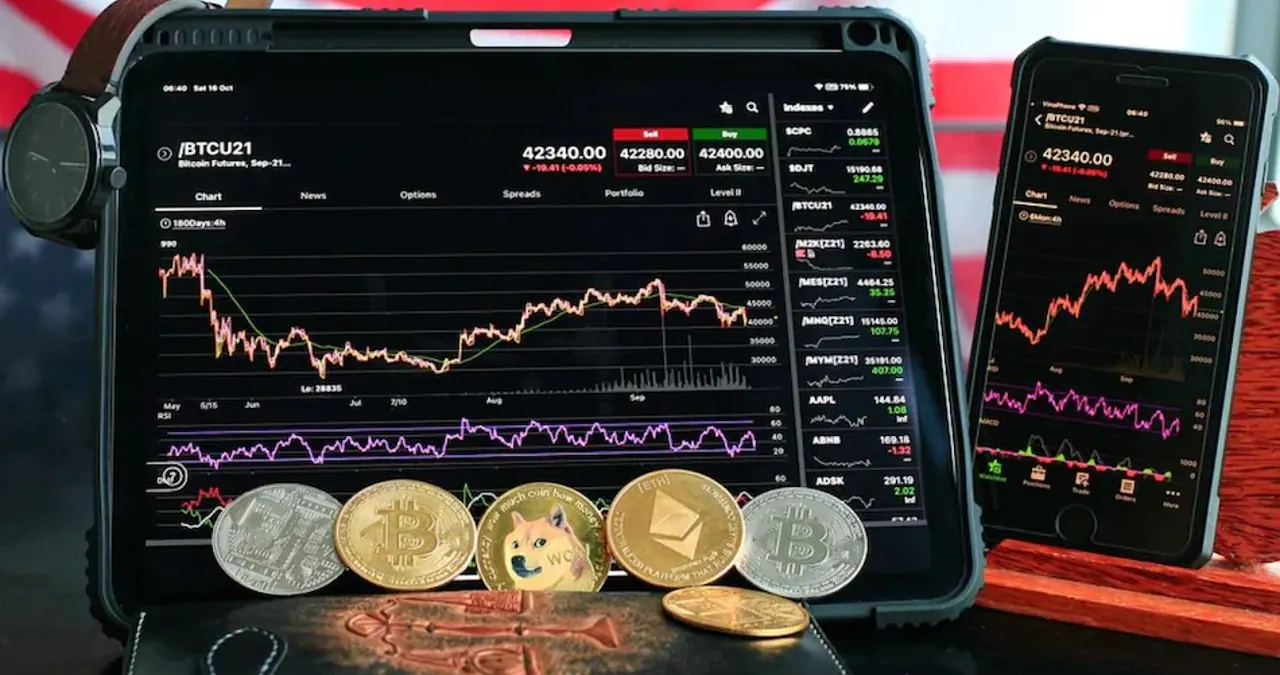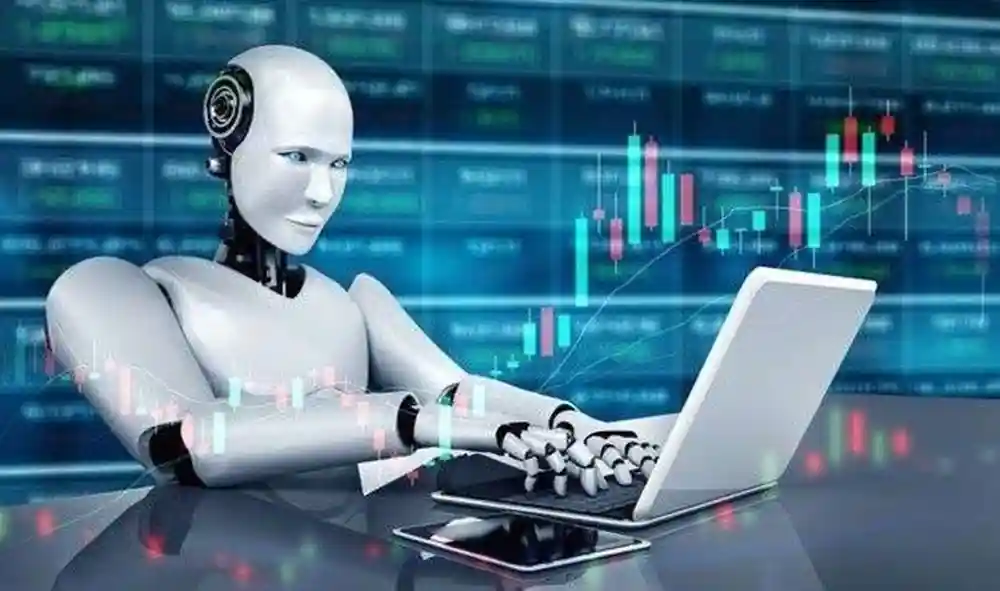The Role of Machine Learning in Predictive Forex Robot Trading

In the ever-evolving landscape of Forex trading, staying ahead of the curve is paramount. Traders are constantly seeking innovative approaches to analyze market data, identify trends, and make informed trading decisions. Machine learning, a subset of artificial intelligence, has emerged as a powerful tool for predictive Forex robot trading. By leveraging advanced algorithms and statistical models, machine learning enables Forex robots to analyze vast amounts of data, uncover hidden patterns, and make accurate predictions about future market movements. This article explores the pivotal role of machine learning in predictive Forex robot trading, its applications, benefits, and considerations for traders seeking to harness its potential.
Understanding Machine Learning in Forex Trading:
Machine learning encompasses a diverse set of algorithms and techniques that enable computers to learn from data, identify patterns, and make predictions or decisions without being explicitly programmed. In the context of Forex trading, machine learning algorithms analyze historical market data, such as price movements, volume, and technical indicators, to uncover patterns and relationships that can be used to predict future market behavior.
Key Concepts of Machine Learning in Predictive Forex Robot Trading:
Data Analysis and Pattern Recognition:
Machine learning algorithms excel at analyzing large volumes of historical market data to identify patterns, trends, and correlations that may not be apparent to human traders. By recognizing subtle patterns in market data, machine learning models can make more accurate predictions about future price movements and market trends.
Predictive Modeling and Forecasting:
Machine learning techniques, such as regression analysis, time series forecasting, and classification algorithms, enable Forex robots to build predictive models based on historical data. These models can forecast future price movements, identify potential trade opportunities, and optimize trading strategies to capitalize on market trends effectively.
Adaptive Learning and Optimization:
Machine learning algorithms can adapt and evolve over time based on feedback from market data and trading outcomes. Through a process known as reinforcement learning, Forex robots can continuously refine their predictive models, adjust trading parameters, and optimize strategies in response to changing market conditions.
Risk Management and Decision Support:
Machine learning plays a crucial role in risk management and decision support for Forex traders. By analyzing historical data and market trends, machine learning models can assess risk levels, identify optimal entry and exit points, and provide valuable insights to traders for making informed trading decisions.
Applications of Machine Learning in Predictive Forex Robot Trading:
Market Prediction and Trend Forecasting:
Machine learning algorithms can analyze historical market data to predict future price movements and identify trends in the Forex market. By identifying patterns and correlations in market data, predictive Forex robots can forecast market trends and make informed trading decisions based on predictive signals.
Pattern Recognition and Signal Generation:
Machine learning models can recognize patterns and signals in market data that indicate potential trade opportunities. By analyzing technical indicators, price patterns, and other market variables, Forex robot can generate trading signals based on predictive patterns and execute trades with precision and efficiency.
Risk Assessment and Portfolio Optimization:
Machine learning algorithms can assess risk levels and optimize portfolio allocations based on historical data and market trends. By analyzing correlations between different currency pairs and asset classes, predictive Forex robots can optimize portfolio diversification, minimize risk exposure, and enhance risk-adjusted returns.
Trade Execution and Order Management:
Machine learning algorithms can optimize trade execution and order management processes to maximize efficiency and minimize slippage. By analyzing order flow, market liquidity, and execution times, Forex robots can execute trades at optimal prices and minimize transaction costs, leading to improved trading performance and profitability.
Benefits of Machine Learning in Predictive Forex Robot Trading:
Improved Predictive Accuracy:
Machine learning algorithms can analyze vast amounts of historical market data and identify predictive patterns with higher accuracy than traditional trading approaches. By leveraging advanced statistical models and algorithms, predictive Forex robots can make more accurate predictions about future market movements, leading to improved trading performance and profitability.
Enhanced Efficiency and Automation:
Machine learning enables Forex robots to automate the process of data analysis, pattern recognition, and decision-making, leading to improved efficiency and productivity in trading operations. By eliminating manual tasks and human biases, predictive Forex robots can execute trades with precision and consistency, even in fast-paced and volatile market conditions.
Adaptability to Changing Market Conditions:
Machine learning algorithms can adapt and evolve over time based on feedback from market data and trading outcomes, enabling predictive Forex robots to adjust to changing market conditions and optimize trading strategies accordingly. By continuously learning from new data and experiences, Forex robots can remain agile and resilient in dynamic trading environments.
Risk Management and Capital Preservation:
Machine learning models can assess risk levels, identify potential threats, and implement risk management measures to protect trading capital and preserve profitability. By analyzing market volatility, correlation patterns, and other risk factors, predictive Forex robots can adjust position sizes, set stop-loss levels, and implement hedging strategies to mitigate risk exposure and maximize risk-adjusted returns.
Considerations for Traders:
Data Quality and Reliability:
The quality and reliability of data are critical considerations for machine learning models in predictive Forex robot trading. Traders must ensure that historical market data is accurate, complete, and free from biases or errors to train reliable predictive models and make informed trading decisions.
Model Overfitting and Generalization:
Overfitting, the phenomenon where a machine learning model learns to memorize training data rather than generalize to new data, is a common challenge in predictive Forex robot trading. Traders must employ techniques such as cross-validation, regularization, and feature selection to mitigate the risk of overfitting and ensure that predictive models generalize well to new market data.
Model Interpretability and Transparency:
Machine learning models can be complex and difficult to interpret, making it challenging for traders to understand how predictions are generated and make informed decisions based on model outputs. Traders must prioritize model interpretability and transparency, using techniques such as feature importance analysis, model visualization, and explanation methods to understand the factors driving predictive signals and insights.
Continuous Monitoring and Evaluation:
Predictive Forex robot strategies must be continuously monitored and evaluated to assess performance, identify areas for improvement, and adapt to changing market conditions. Traders must establish robust monitoring and evaluation processes, track key performance metrics, and conduct regular backtesting and validation to ensure that predictive models remain accurate, reliable, and effective over time.
Conclusion:
Machine learning is revolutionizing the landscape of predictive Forex robot trading, enabling traders to harness the power of data-driven insights, predictive analytics, and automation to achieve superior trading performance and profitability. By leveraging advanced algorithms, statistical models, and computational techniques, predictive Forex robots can analyze vast amounts of market data, identify predictive patterns, and make informed trading decisions with precision and efficiency. Traders must embrace machine learning as a key enabler of predictive Forex robot trading, invest in data-driven strategies and technologies, and continuously innovate to stay ahead of the curve in today’s dynamic and competitive Forex markets.







